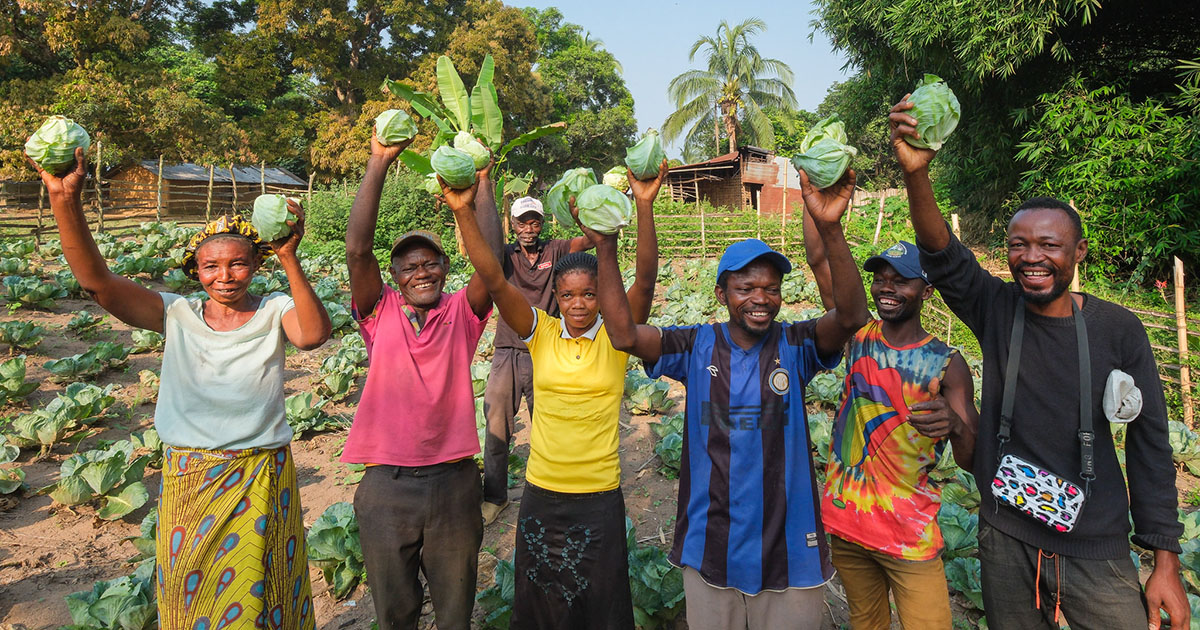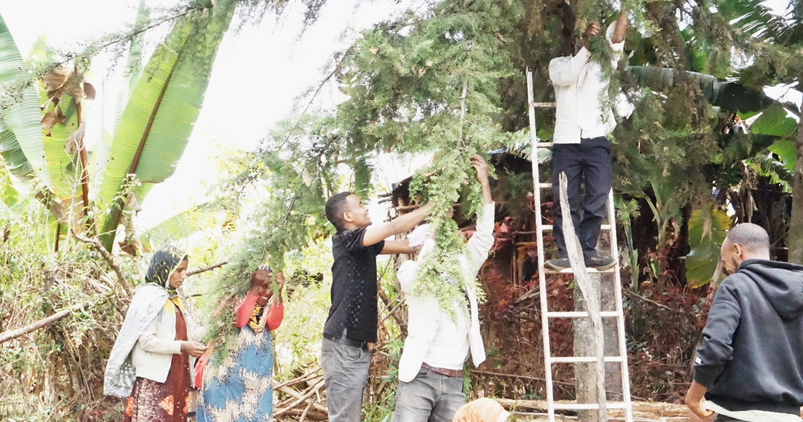REDD+ as envisioned has not been tested at scale. Results-based payment, the novel feature of REDD+, has gone untested. International funding (both public and private) remains scarce, and demand through carbon markets is lacking.
Better national enabling conditions. Over 50 countries have included REDD+ in their NDCs and developed national REDD+ strategies. REDD+ has improved countries’ monitoring capacities and understanding of drivers, increased stakeholder involvement, and provided a platform to secure indigenous and community land rights – all key conditions for addressing deforestation and forest degradation.
Modest forest and social impacts. Local REDD+ initiatives have achieved limited but positive outcomes for forests. Well-being impacts have been modest and mixed, but have proved more likely to be positive when incentives are included.
National coordination, with a positive narrative. Forest-based mitigation strategies must now be mainstreamed across sectors and levels of government. A strong positive narrative on how forests contribute to economic development and climate goals could boost forest-based mitigation, in spite of the current political uncertainties in key emitting countries.
Evolving REDD+ and new initiatives. REDD+ has evolved, and new initiatives have emerged to support its broader objective: private sector sustainability commitments, climate-smart agriculture, forest and landscape restoration, and more holistic jurisdictional approaches working across legally defined territories.
Contents:
Foreword
Acknowledgement
Summary
1 Introduction: REDD+ enters its second decade
Part 1 Part 1 REDD+ finance and building blocks
2 Pathway to impact: Is REDD+ a viable theory of change?
3 Financing REDD+ : A transaction among equals, or an uneven playing field?
4 Results-based payment: Who should be paid, and for what?
5 Information and policy change: Data on drivers can drive change - if used wisely
Part 2 National politics
6 Strategic alignment: Integrating REDD+ in NDCs and national climate policies
7 Multi-level governance: Some coordination problems cannot be solved through coordination
8 Land and carbon tenure: Some - but insufficient - progress
Part 3 Assessing impacts
9 National and subnational forest conservation policies: What works, what doesn’t
10 Forests and carbon: The impacts of local REDD+ initiatives
11 People and communities: Well-being impacts of REDD+ on the ground
Part 4 Evolving initiatives
12 Subnational jurisdictional approaches: Policy innovation and partnerships for change
13 The private sector: Can zero deforestation commitments save tropical forests?
14 Climate-smart agriculture: Will higher yields lead to lower deforestation?
15 Forest restoration: Getting serious about the 'plus' in REDD+
16 Conclusions: Lessons for the path to a transformational REDD+ Glossary
References
Errata
Download:
DOI:
https://doi.org/10.17528/cifor/007045Dimensions Citation Count:
Publication year
2018
Authors
Angelsen, A.; Martius, C.; de Sy, V.; Duchelle, A.E.; Larson, A.M.; Pham, T.T.
Language
English
Keywords
climate change, ecosystem services, mitigation, emissions, forests























